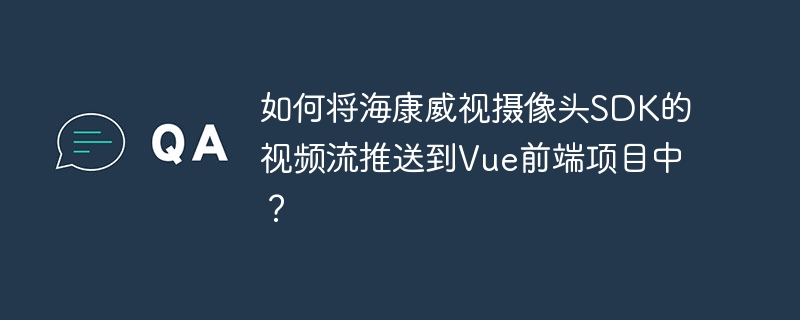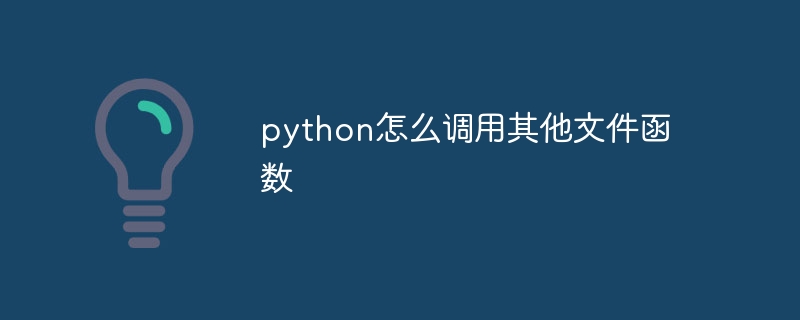
在多线程任务处理中,ExecutorService 提供了强大的功能,但其关闭和任务完成的监控有时会带来挑战。本文将介绍一种相对鲜为人知的方法,利用ThreadPoolExecutor的terminated()钩子方法优雅地跟踪线程池的终止状态。
假设您需要处理一批任务,任务数量未知且在某个时间点结束。简单的shutdown()方法会立即返回,但后台线程仍需处理剩余任务。如何得知所有任务都已完成?
常见的解决方案,例如CountDownLatch和awaitTermination(),各有不足:CountDownLatch需要预知任务数量;awaitTermination()则是一个阻塞调用,需要设置超时时间,这并不总是理想的。
更好的方法是利用ThreadPoolExecutor的terminated()方法。Executors.newFixedThreadPool()实际上是ThreadPoolExecutor的一个便捷封装。ThreadPoolExecutor提供受保护的可重写方法beforeExecute()、afterExecute()和terminated(),分别在任务执行前、后和执行器完全终止后调用。我们可以重写terminated()方法来获得任务完成的通知。
以下代码演示了如何通过扩展ThreadPoolExecutor或使用匿名内部类来重写terminated()方法:
方法一:使用匿名内部类
public static void main(String[] args) {
ExecutorService executorService = new ThreadPoolExecutor(5, 5,
0L, TimeUnit.MILLISECONDS,
new LinkedBlockingQueue<Runnable>()) {
@Override
protected void terminated() {
super.terminated();
System.out.println("ExecutorService is terminated");
}
};
for (int i = 0; i < 5; i++) {
int temp = i;
executorService.submit(() -> task(temp));
}
executorService.shutdown();
System.out.println("ExecutorService is shutdown");
}
private static void task(int temp) {
try {
TimeUnit.SECONDS.sleep(1L);
System.out.println("Task " + temp + " completed");
} catch (InterruptedException e) {
throw new RuntimeException(e);
}
}方法二:自定义ThreadPoolExecutor子类
public static void main(String[] args) {
ExecutorService executorService = getThreadPoolExecutor();
for (int i = 0; i < 5; i++) {
int temp = i;
executorService.submit(() -> task(temp));
}
executorService.shutdown();
System.out.println("ExecutorService is shutdown");
}
private static ThreadPoolExecutor getThreadPoolExecutor() {
return new CustomThreadPoolExecutor(5, 5,
0L, TimeUnit.MILLISECONDS,
new LinkedBlockingQueue<>());
}
static class CustomThreadPoolExecutor extends ThreadPoolExecutor {
public CustomThreadPoolExecutor(int corePoolSize, int maximumPoolSize, long keepAliveTime, TimeUnit unit, BlockingQueue<Runnable> workQueue) {
super(corePoolSize, maximumPoolSize, keepAliveTime, unit, workQueue);
}
@Override
protected void terminated() {
super.terminated();
System.out.println("ExecutorService is terminated");
}
}
// task方法与方法一相同这两种方法都会在所有任务完成后打印"ExecutorService is terminated",从而准确地通知我们线程池的终止。 选择哪种方法取决于个人偏好,匿名内部类更简洁,而自定义类更易于复用和维护。 这为处理未知数量任务的场景提供了一种优雅且可靠的解决方案。 您是否还有其他关于Java并发编程的技巧或经验可以分享?欢迎在评论区留言!
以上就是掌握 ExecutorService 关闭:跟踪线程池终止的详细内容,更多请关注知识资源分享宝库其它相关文章!
版权声明
本站内容来源于互联网搬运,
仅限用于小范围内传播学习,请在下载后24小时内删除,
如果有侵权内容、不妥之处,请第一时间联系我们删除。敬请谅解!
E-mail:dpw1001@163.com












发表评论